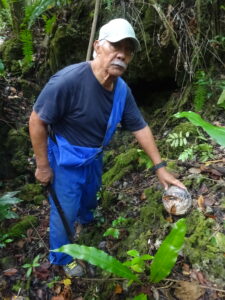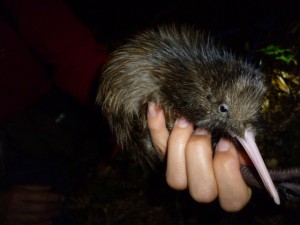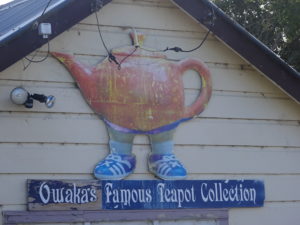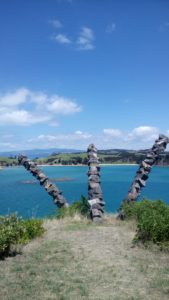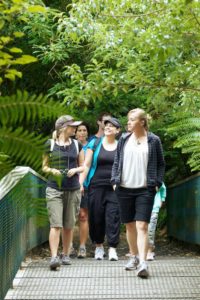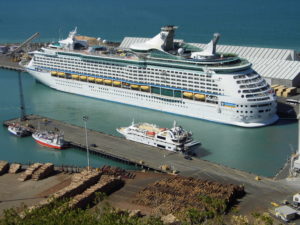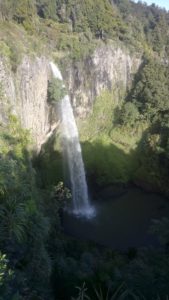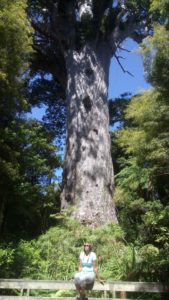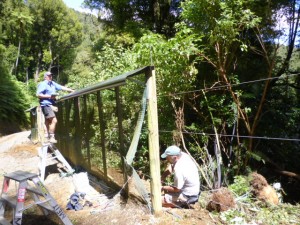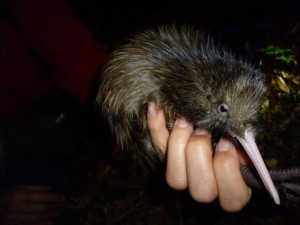Posts Tagged ‘taonga’
the importance of … storytelling
Morena
We have previously discussed the importance of storytelling in a number of previous blogs (https://www.interpretationnz.co.nz/nzx-the-art-of-the-story/).
Stories are the key component of Maslow’s hierarchy of needs which focuses on human motivation. Maslow later went on to expand his thinking and added: Cognitive – people generally want to learn and know things about their world and their places in it. Aesthetic – interacting with beauty and creative form. Transcendence – the drive to look beyond the physical self in search of meaning.
The role, power and relevance of Maslow’s thinking is also backed by facts. Steve Ballantyne noted a few in his blog at https://www.brandiq.co.nz/why-stories-stick-2/.
We especially like the following: “Neuroscience has proven that stories are over 20 times more memorable than facts. That’s because more areas of the brain are actively engaged when we are processing a story vs facts and data.”
“When deeply engrossed in a great story, our brains release hormones (dopamine, oxytocin and cortisol) which can create empathy and emotional engagement and help with embedding memories.”
All too often, we encounter lousy storytelling—a list of facts and meaningless words held together by a fragile thread.
Disengagement with the storyteller and the experience follow very quickly. If your storytelling isn’t delivering talk to us about how we can shift your storytelling to new heights.
Ka kite
Malcolm
NZx: February 10th Manaakitanga in the C21
Naumai
Is this really the best manaakitanga we can offer?
Tourism New Zealand suggests: the meaning of manaakitanga is much broader than a one word or direct translation.
It can be broken down into three parts: mana-ā-ki which loosely translates as ‘the power of the word’ and reminds hosts to be expressive and fluent in welcoming visitors.
Another explanation has the words mana / prestige and ki te tangata / to the people – pointing out the importance of enhancing the mana which covers the integrity, status / prestige, and power of guests.
Here, as our experience suggests, a great day out was left wanting in manaakitanga by our introduction to Fullers ferry and the introduction by staff on arrival at Rotoroa Island.
Our manaakitanga component started off by having to queue for the ferry. No big deal but despite being early morning it was a burning , windless day. People who had queued early inside the perspex cover were eventually forced to abandon their place in line and escape the hot tapped air. It was seriously stifling.
There was general confusion about who was queuing for what. Was this the ferry to Rangitoto, Tiritiri Matangi or Rotoroa Island? No signs, or technology, not even temporary, just two staff that came and went answering the same questions as to the destination.
Two minutes after leaving the wharf we returned – someone had got on the wrong ferry……. That’s despite a handheld scanner that supposedly scanned everybody aboard including our mobile phone downloaded tickets. Only problem was it couldn’t read the bar code on our phone!
On arrival all seventy plus of us were crammed into a small hot shed on the wharf and given a rambling presentation about the history, issues and do’s and dont’s on the Island. We fully support the bio-security intent behind this – but having endured countless windblown ( you can’t here the words and often the speakers aren’t great) welcomes at Tiritiri Matangi and other DOC/partner managed islands, one has to wonder is there a better way? It is human nature to not what to be confined (see Maslow) and to be acknowledged and treated with intelligence. This and other Island welcomes don’t do this! DOC and it’s partners should use other ways of pushing the bio-security message to what is mostly an already knowledgeable audience.
The final straw was when the ranger announced a different ferry departure time back to Auckland than that advertised in the various Fullers media. Normally extra time on an Island such as Rotoroa would be great, but we had organised a busy late afternoon around the quoted departure time and arrival back in Auckland.
The last comment the ranger made before “releasing us” was to invite us back inside the shed before we got on the return ferry – surely not!
In the end it was with much thankfulness that the staff on Rotoroa didn’t invite us back into the hot little shed on the wharf to say haere ra! Everyone was far too busy enjoying the sunshine, swimming off the wharf an enjoying their last minutes on the Island.
Rotoroa Island is a fantastic day out. But two of the key partners need to up their game in the manaakitanga stakes. The basic mana of visitors just isn’t being respected.
Ka kite ano
NZx January 27th: Northland / Te Tai Tokerau
Naumai
Northland /Te Tai Tokerau is a fantastic place. There are many icons to visit here; Tane Mahuta, Russell, Waitangi, Cape Reinga or any beach with golden sands, pohutakawa and sparking blue sea.
A recent visit to Northland enabled us to spend some time exploring both the icons and the back roads.
The icons are all there, service was mostly good but some of the infrastructure was looking decidedly tired and away from the icons – empty. Most of the tourism entities were either staffed by Caucasian or international transients. While hyped up with great marketing the cultural interaction was limited, oversold and didn’t address many of the basics of great visitor experiences.
Beyond the icons it wasn’t to hard to find another story. Hints of elitism, exclusion and then poverty and well… another world one which most New Zealanders aren’t aware of..
It’s sometimes useful to look beyond our initial impressions, and to reflect on how tourism could provide a positive contribution to all in it’s community.
Ka kite ano
NZx 4th December: Restoring the DOC
Naumai
So what’s new the Department of Conservation is restructuring….yet again.
This seems to be a reoccurring event, at least every few years. Combine this with distinct shift to off load many of the Department’s responsibilities onto community groups and you have to shake your head.
In our case we are effectively doing the Department’s job. With a paltry budget of over $ 1.5 million we struggle to protect what we have. Yet we are investing in and creating a new future for much of New Zealand’s endangered wildlife and taonga. Go figure how that works!
I don’t blame the Department for the current situation. Political masters are at work here and DOC has always been an easy target for politicians.
The once proud mission cry of “restoring the dawn chorus” once struck a chord with many New Zealanders.
Perhaps it should be now reworded to say “restoring the DOC”.
Ka kite ano
Malcolm
NZx 23rd October – life revisited…
Naumai
Since my last post I have moved to the North Island to take on a role as General Manager at www.maungatrust.org
I am still available to talk to you about your visitor experience opportunities – in whatever capacity.
My blogs on visitor experiences and tourism start again this week…so if you’re interested watch this space there’s plenty to blog about!
Ka kite ano
